If you're looking for a retirement destination with a low cost of living, a warm climate, and a welcoming culture, Panama might be just the place for you.
Imagine strolling down bustling city streets, each corner a crossroads of culture, echoing the vibrancy of Miami or Barcelona.
Envision serene Caribbean beaches, where the sway of palm trees creates an illusion of untouched wilderness. Picture quaint rural towns where nature's bounty pours from mango and avocado trees.
It might seem like an idyllic dream spun from the threads of an overactive imagination. Yet, it's the tangible reality offered by Panama—a destination not only for travel but for a rich and fulfilling retirement.
Secure Peace of Mind with Best-Value International Health Coverage
International Citizens Insurance provide free, no-obligation quotes from the leading international health insurance providers with plans tailored to meet your needs. Trusted by thousands of expats worldwide.
Panama—the diminutive dynamo of Central America is quickly becoming popular among retirees worldwide.
With its affordable healthcare, modern infrastructure, and diverse landscape, Panama has much to offer retirees seeking a fulfilling and colorful retirement.
Why retire to Panama?
Let's have a look at the reasons retirement to Panama is so popular among expat retirees.
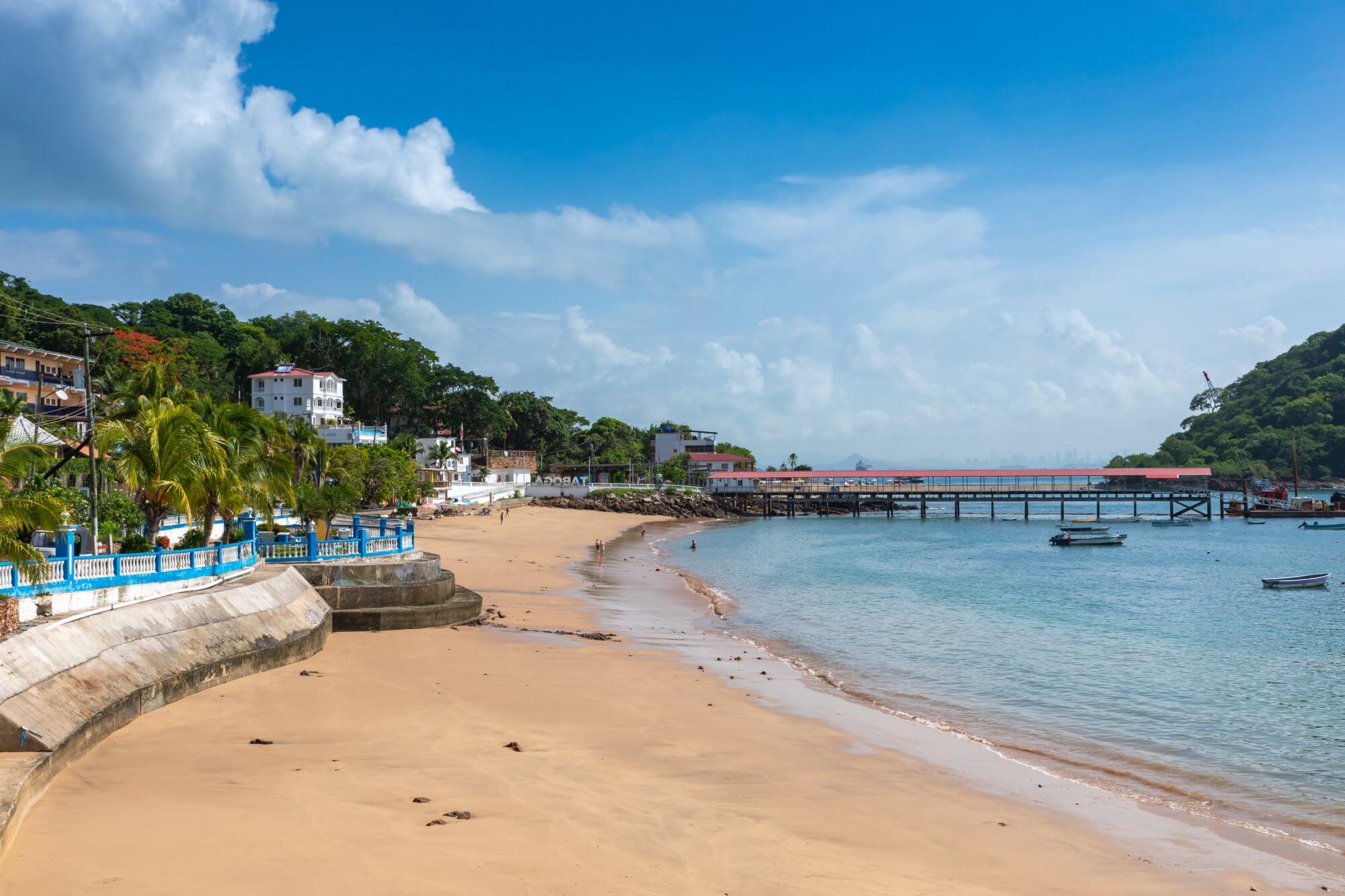
Panama Visa Pensionardo
One of the biggest draws for expats retiring to Panama is the Panama Retirement Visa (Panama Visa Pensionado).
The program enables retirees or individuals with "lifetime" pensions to qualify for the Panama Visa Pensionado.
Retirees with a visa can enjoy many benefits, including discounts on everything from healthcare to entertainment.
To qualify for the program, you must have a "lifetime" monthly income of at least $1,000 or $1,250 if you apply with a spouse.
Alternatively, if your lifetime pension income is less than US$1,000 per month but equal to or more than US$750 per month, you could purchase any Panama real estate property valued at at least US$100,000. Reducing the lifetime monthly pension income requirement to a minimum of US$750.
Pensionardo perks
Your retirement visa comes with some handsome discounts.
Discount percentage available:
- 50% - Leisure activities such as movies, concerts, theaters, sporting events, and other public events
- 50% - Hotel rooms, Monday - Thursday (30% Discount on weekends)
- 25% - International and domestic airline tickets
- 20% - Prescription medicines
- 25% - Electricity, telephone, and water bills
- 15% - Dental and optometry exams
- 30% - Discount on fares for buses, boats, ships, and trains
- 25% - Restaurant bill
- 15% - Fast food restaurants
- 15% - Service charges in hospitals and clinics
- 20% - Physician or surgeon charges
- Exoneration from import tax (once) on all goods and belongings for personal use (maximum value USD 10,000)
- Exoneration of the import tax of one car every two years
You can even get a 20% discount on coffins and urns, possibly the only country in the world offering that particular retiree discount.
Additional perks for retirees
In addition to the Pensionado program discounts, Panama offers a range of other perks for retirees.
The country's healthcare system is top-notch, with modern facilities and internationally trained doctors and nurses.
The cost of healthcare in Panama is also much lower than in many other countries, making it an attractive option for retirees on a budget.
Overall, Panama is an excellent option to reduce retirement costs while enjoying a fulfilling retirement lifestyle.
Let's look at some of the leading lifestyle benefits.
Lower cost of living
Panama is well known for its low cost of living, making it an attractive option for retirees who want to get the most from their money during retirement.
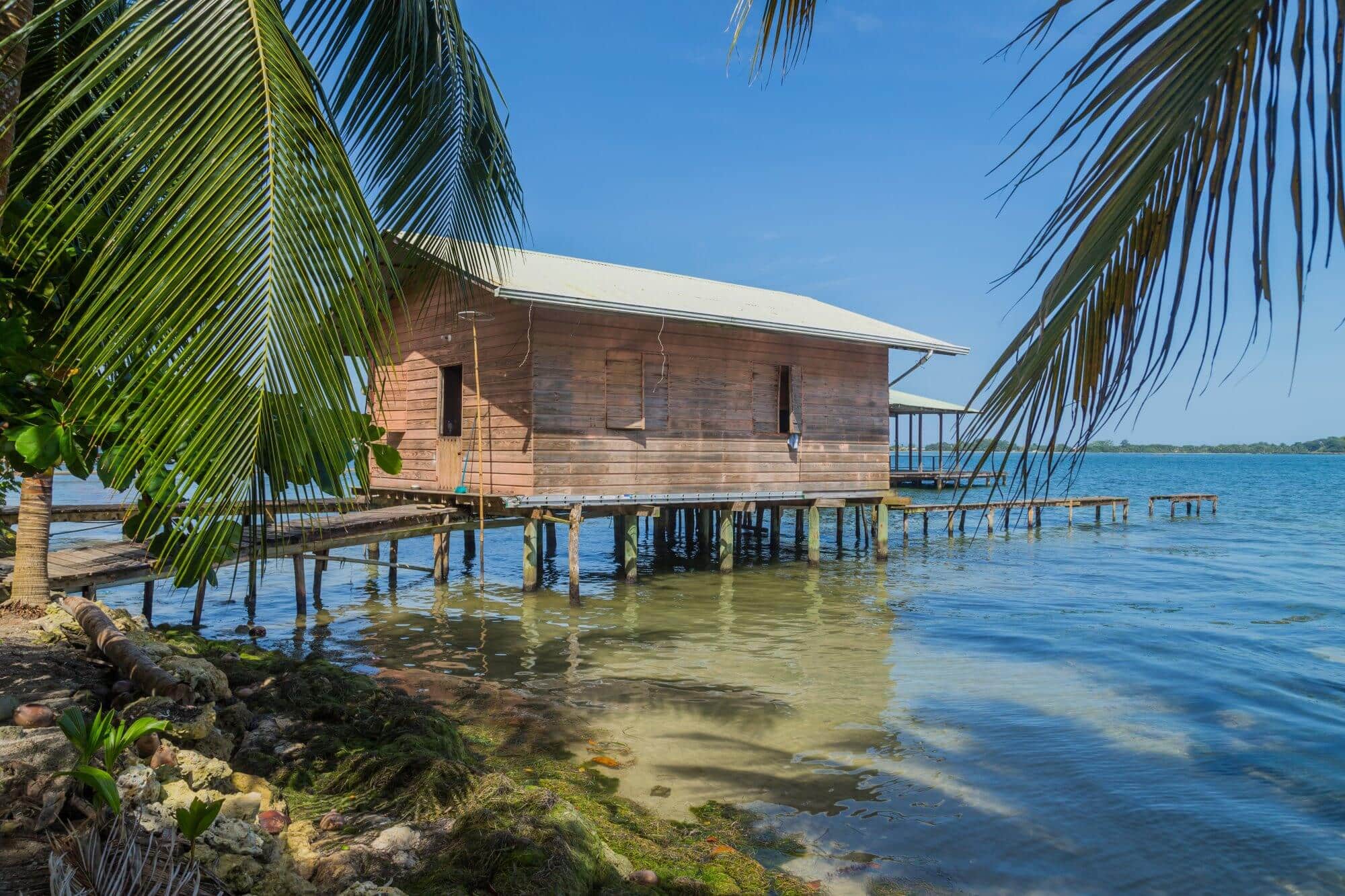
The cost of living in Panama is around 35% lower than in the United States and 25% lower than in the United Kingdom.
This means you can expect to enjoy a better quality of life in Panama without exhausting your finances.
Panama's climate
Panama has a tropical climate, with warm temperatures year-round. This makes it an ideal destination for retirees who want to escape the cold winters of North America.
Panama City, in particular, has a warm and humid climate. The monthly average temperature ranges from 27 °C (80.5 °F) in October and November to 28.5 °C (83 °F) in April. The hottest months are March and April, although the humidity is lower than in the rainy period.
Healthcare
Panama has a well-developed modern healthcare system with a broad range of hospitals, clinics, and healthcare facilities nationwide.
The quality of care is generally good, and the cost of healthcare is much lower than in the United States.
In addition, many doctors and healthcare professionals in Panama speak English, making it easier for English-speaking retirees to navigate the healthcare system.
Infrastructure
The infrastructure, especially in Panama City and nearby regions, has seen significant infrastructure investment in recent years, including expanding the Metro subway system and constructing new highways and bridges.
The Internet, cable TV, electric supply, etc., are reliable for a comfortable lifestyle, making it easy for retirees to stay connected with loved ones and friends back home.
Culture
Panama is a melting pot of cultures, with influences from Spain, Africa, North America, and indigenous groups.
Expressed through its traditional arts and crafts, music, sports, and cuisines, this creates a rich and diverse culture that captivates retirees.
Panama City, in particular, is a dynamic and cosmopolitan city with many museums, cultural events, and festivals to enjoy.
Visas and legalities
Retiring in Panama requires visa eligibility and meeting specific legal requirements. Here's what you need to know about visas and legalities when retiring in Panama.
Retirement visa options in Panama
Option 1: Panama Visa Pensionardo
We've already mentioned the most popular and beneficial visa, the Panama Visa Pensionardo. For most retirees, this will be the best route to follow. However, there is one other option, the friendly nations visa.
Option 2: Friendly Nations Visa
Another option is the Friendly Nations Visa. Panama offers a visa to professionals and entrepreneurs from countries who maintain friendly economic and investment relationships.
Citizens from the United States, Canada, the United Kingdom, and much of Europe and South America.
Qualifying criteria:
You must do any one of the following to qualify for a visa:
- Purchase a property with a minimum value of USD 200,000. This can be financed through a mortgage with a Panamanian bank. The property can be either the applicant's residence or an investment property.
- Deposit USD 200,000 in a Panama-based fixed-term account for a minimum term of 3 years.
You can also qualify if you find employment with a Panamanian company with a formal employment contract and work permit. But that's not the ideal way to "retire" to Panama.
Other legal requirements
You must have a passport valid for at least three months to apply for a visa. You must also have a round-trip ticket and submit your application through a registered Panama immigration lawyer.
Your application process can take several months, so patience and planning are essential.
Getting legal help
Navigating the visa and legal requirements for retiring in Panama can be complex, so it's essential to work with an experienced immigration lawyer.
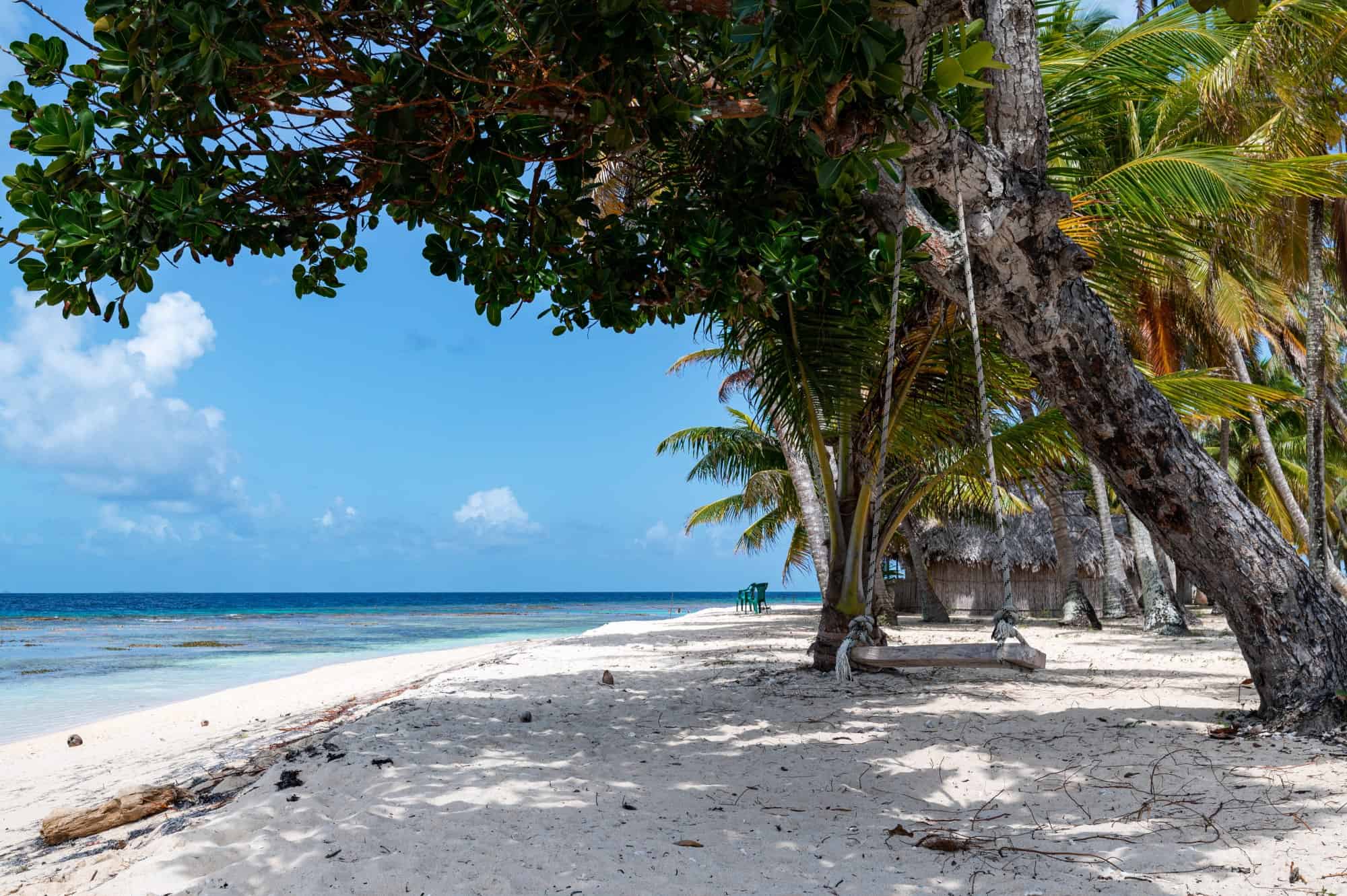
Your lawyer can help you understand the requirements for obtaining a visa and permanent residency and assist you with the application process.
Be sure to choose a lawyer registered with the Panama immigration authorities who has experience working with retirees.
Cost of living - retiring in Panama
Retiring in Panama can be an intelligent financial choice. Panama offers a lower cost of living than many other popular retirement destinations.
Your lifestyle choices and the type of home you intend to live in will ultimately determine your cost of living. Still, generally speaking, a retired couple can expect to spend between $1,000 and $1,500 per month to live in Panama, excluding housing costs.
The most significant cost for retirees is generally housing.
If you choose to rent, you can expect to pay around $900 to $1,800 monthly for a one or two-bedroom apartment, depending on the location and amenities.
If you decide to purchase a home, the cost will depend on the property's size, location, and condition. Expect to pay around 75,000 USD for a basic apartment and 200,000 USD plus for more spacious and comfortable apartments.
Utilities, including electricity, water, and internet, will cost you around $160 to $220 monthly. If you choose to have a full-time, live-in maid, it will cost you as little as $350 per month. Part-time help averages around $15 per visit, which can give you more free time to enjoy Panama.
Eating out is relatively affordable in Panama, with a meal at an inexpensive restaurant costing around $8 to $12. A dinner for two in a more upmarket restaurant will cost about $55
Groceries are also affordable; depending on the goods you buy, you should be able to save around 35% on your groceries if you're coming from the United States.
It's important to note the Pensionado Visa discounts can also help significantly with your overall cost of living in Panama.
Healthcare in Panama
Both governmental and private enterprises facilitate healthcare in Panama.
The public sector, financed by the Ministry of Health (MINSA) and the Social Security Fund (CSS), runs distinct facilities.
As a healthcare provider and pension fund administrator, the CSS draws funds from employers and employees. In 2013, it covered approximately 3.47 million out of a population of around 3.9 million. MINSA operates low-cost facilities for those outside of CSS coverage. As of 2014, MINSA ran 830 health facilities.
For economic reasons, many medical professionals gravitate towards hospitals in the major cities—notably, Panama City and David, which have emerged as hubs for medical tourism.
Panama is an excellent option for retirement healthcare if you opt for private health facilities backed by international health insurance.
Some of the leading hospitals in Panama have direct ties to top U.S. hospitals and can provide more specialized care with patient comfort as a top priority.
This means that retirees can access the same quality of healthcare that they would in the U.S. at a much lower cost.
Doctors in Panama are generally well-qualified and speak English. Many have received medical degrees in the United States or Europe. You can easily find doctors who specialize in specific areas of medicine, such as cardiology or dermatology.
If you need to see a doctor, you can usually make an appointment within a few days. A doctor's visit is generally affordable, with prices ranging from $30 to $50, depending on the doctor and the type of visit.
In addition to hospitals and clinics, there are many pharmacies throughout Panama. You can buy both prescription and over-the-counter medications at these pharmacies. The cost of medicines is generally lower than in the United States.
If you need to be covered in both Panama and your home country, international health insurance is your best option. International health insurance can be quite expensive. To make sure you get the best value for money, compare international health insurance options from various providers to find the best deal.
If you plan to retire in Panama, you may need a Certificate of Good Health issued by a licensed Panamanian hospital or clinic, signed by a licensed physician, indicating that the applicant has no contagious diseases and is in good mental and physical condition.
The examination cost is generally affordable, ranging from $80 to $150.
You can find all the essential information in our guide on Healthcare In Panama.
Lifestyle and entertainment
Retiring to Panama offers a lifestyle that is both relaxed and exciting.
The beaches in Panama are some of the best in the world, with crystal-clear waters and soft sand. You can spend your days lounging on the beach, swimming, or trying water sports like surfing, paddleboarding, and kayaking.
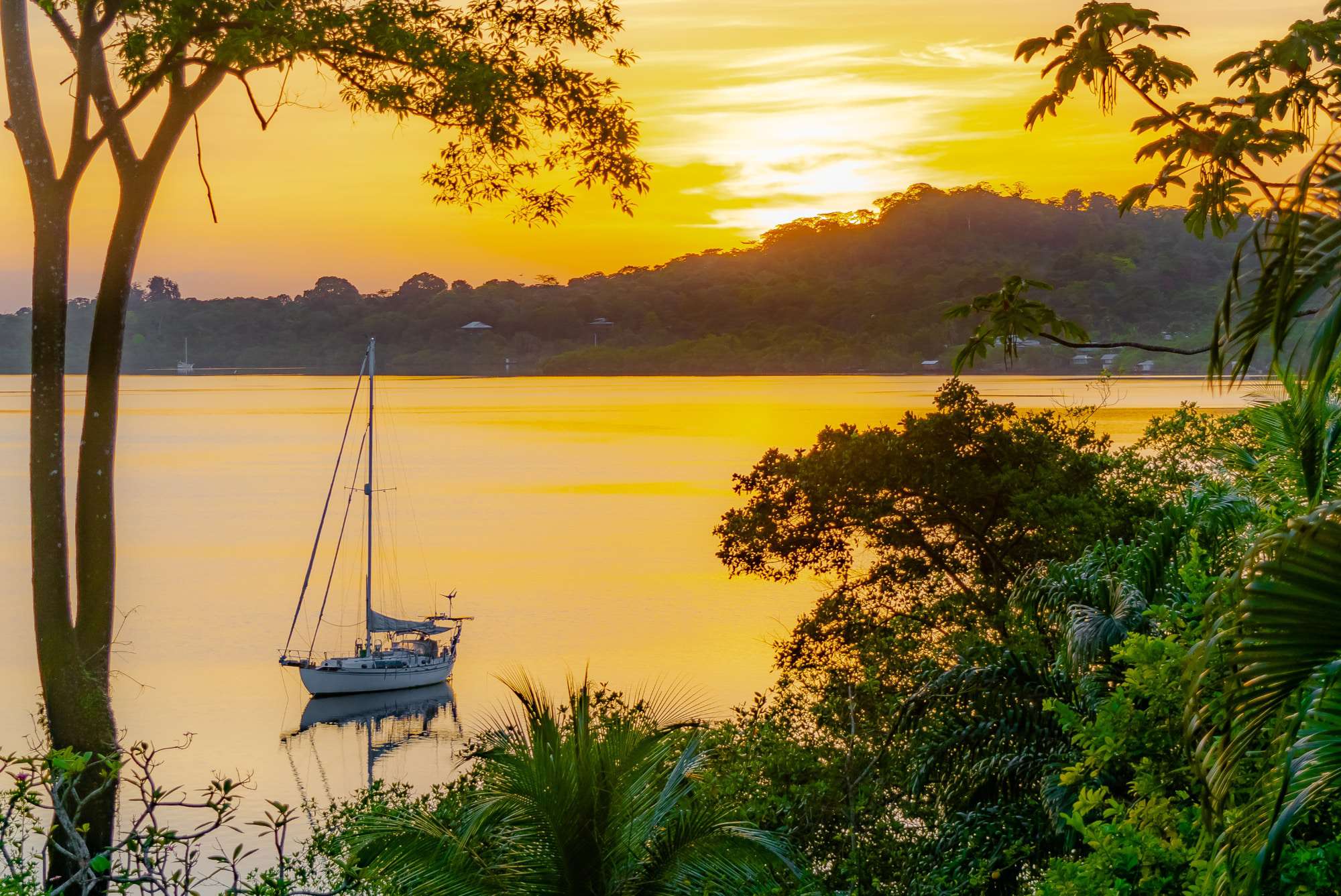
When it comes to entertainment, Panama has plenty to offer. You can enjoy live music, outdoor adventures, English-language movies, and more.
You'll be able to enjoy many cultural events, including festivals and parades celebrating the country's history and traditions.
Some of the best festivals in Panama:
- Panama Jazz Festival: With some of the best jazz musicians in the world, the festival sees over 500,000 visitors every year.
- Festival de la Mejorana en Guararé: Guararé is a small town located 172 miles away from Panama City. The festival includes musical performances, dancing, bull runs, and a cart parade.
- Carnaval de Las Tablas: One of the world's largest and most colorful carnivals, with over 200,000 people visiting yearly.
Panama has some excellent restaurants that offer a variety of cuisines, including traditional Panamanian dishes like sancocho, ceviche, and arroz con pollo. You will also find plenty of international restaurants that serve Italian, Chinese, and American cuisine.
Panama offers a fantastic shopping experience. You can find everything from local handicrafts to designer clothing in the country's malls, markets, and boutiques.
Panama City is especially well known for its high-end shopping, with stores like Chanel, Louis Vuitton, and Gucci.
The expat community
Retiring to Panama means you'll be part of a thriving expat community.
The expat community in Panama is diverse and welcoming. You will find people from all walks of life who have come to Panama for many reasons.
Whether looking for a quiet retirement or an active social life, you will find like-minded people in the expat community.
Many expat communities organize regular events such as happy hours, dinners, and cultural outings. This is a perfect way to introduce yourself to your new community and make friends.
Safety and security
If you're considering retiring to Panama, you're probably wondering about the safety and security of the country.
While Panama is generally considered a safe country, it's essential to take precautions to ensure your safety and the safety of your belongings.
Petty crimes like pickpocketing and purse snatching can occur in tourist areas and crowded public spaces.
Be aware of your surroundings and keep your belongings close to you. Avoid carrying large amounts of cash or wearing expensive jewelry in public.
Panama City has a higher crime rate than other areas of the country, so exercise caution when traveling there. Avoid walking alone at night, and be aware of your surroundings.
Travel and transportation
To enjoy retirement in Panama, you'll need to get around. Fortunately, Panama has a well-developed transportation system that makes getting around the country relatively easy.
Air travel
Panama has two international airports, Tocumen International Airport in Panama City and Enrique Malek International Airport in David.
Both airports have regular flights to and from major cities in North and South America. If you're planning to travel within Panama, several domestic airlines operate flights to various destinations nationwide.
Public transportation
Panama has a modern and efficient public transportation system, including buses, taxis, and the metro.
Buses are the most common form of public transportation, and they operate on a set route with designated stops. Taxis are also readily available, and they are relatively inexpensive.
The Panama Metro is a modern and reliable mode of transportation, offering air-conditioned trains and bilingual signage.
Meanwhile, the extensive Metrobus system provides a vast network of buses with comfortable features and dedicated lanes, improving travel times.
Uber
Uber is available in Panama City and some other major cities in Panama. It's a convenient and affordable way to get around, especially if you're unfamiliar with the local transportation system.
However, it's worth noting that Uber drivers are not licensed taxi drivers, and there have been reported safety concerns with using the service.
Renting a car
Renting a car is an option if you prefer to have your own transportation. There's a good range of car rental companies in Panama, and the rates are generally reasonable.
However, driving in Panama can be challenging for new arrivals, especially in Panama City, where traffic can be heavy and chaotic.
It's also worth noting that car rental companies may require you to have an international driver's license.
Locations to retire
If you are wondering where to retire in Panama, several locations are worth exploring.
Each area has its unique charm and offers different benefits to retirees. Here are some of the most popular retirement destinations in Panama:
Boquete
Boquete is a small town located in the Chiriqui province of Panama. It is known for its cooler climate, beautiful scenery, and outdoor activities.
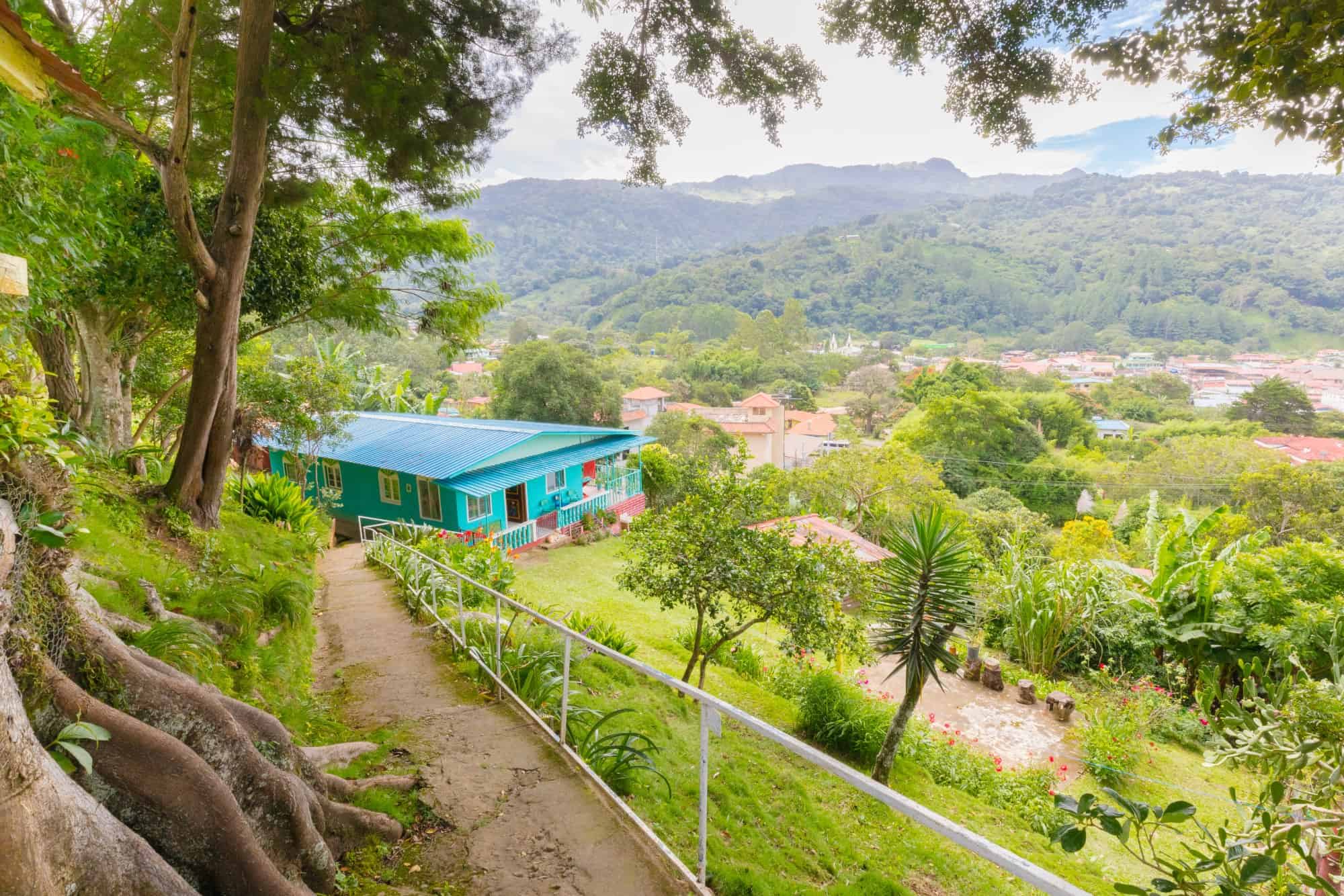
Boquete is a popular destination for retirees because of its affordable cost of living, excellent healthcare facilities, and friendly expat community.
The town has a range of housing options, from apartments to luxury homes, and offers a variety of restaurants, shops, and cultural events.
Find out more in our Living In Boquete guide.
David
David is the Chiriqui province's capital and the second-largest city in Panama. A busy commercial hub that offers a range of amenities to retirees, including shopping malls, hospitals, and restaurants.
David has a large expat community and is a popular destination for retirees who want to be close to the beach and the mountains. Our guide on Living In David has all the details you need to understand what life there is like for expats.
El Valle de Antón
El Valle de Antón is a small mountain town in the Coclé province of Panama. It is known for its mild climate, beautiful scenery, and outdoor activities.
The city has a good range of housing options, from apartments to luxury homes, and offers a variety of restaurants, shops, and cultural events.
El Valle de Antón is a popular destination for retirees who want to live in a peaceful and natural environment.
Find out more in our guide on Living In El Valle de Anton.
Pedasí
Pedasí is a small fishing village located on the Azuero Peninsula in Panama. It is known for its beautiful beaches, fishing, and surfing.
Pedasí is a popular destination for retirees who want to live near the beach and enjoy a relaxed lifestyle.
The town offers a good mix of housing options, from basic apartments to luxury detached homes. You'll be able to enjoy a variety of restaurants, shops, and cultural events.
Read our guide to Living In Pedasí for more information.
Puerto Armuelles
Puerto Armuelles is a small town located on the Pacific coast of Panama. It is known for its beautiful beaches, fishing, and surfing.
Puerto Armuelles is another popular destination for retirees who love a relaxed beachside lifestyle.
For a full list of the most popular expat locations, check out our Best Places To Live In Panama guide.
Challenges and considerations
Retiring to Panama can be a dream come true, but it comes with challenges and considerations. Here are some things to keep in mind before making a move.
Bureaucracy
Panama has a reputation for being bureaucratic, and it can be challenging to navigate the system, especially if you don't speak Spanish.
When applying for your visa, ensure you have all your documents in order and be prepared to wait some time for the application to be processed.
Language barrier
While Spanish is the official language of Panama, many people speak English, especially in tourist areas.
However, if you plan to live outside these areas, you should learn some Spanish to communicate with locals and make friends.
Healthcare
Panama has a sound healthcare system, but it may not be up to the standards you're used to; most expats opt for private healthcare.
Private healthcare is more expensive but offers better quality care. It's essential to have health insurance that covers both public and private healthcare.
You can get quotes for international health insurance before you travel to make budgeting easier.
Internet and electricity
Internet and electricity can be unreliable in some areas of Panama, especially in rural areas. It's essential to research the quality and availability of these services before choosing a place to live.
Final thoughts on retiring to Panama
Retiring to Panama can be a great option if you are looking for a warm climate, lower cost of living, and beautiful scenery.
With its modern infrastructure, decent healthcare, and easy access from the US, Panama offers a comfortable lifestyle for many expats.
However, it is essential to consider both the pros and cons before deciding. While the crime rate is relatively low, petty theft is still a concern, especially near tourist areas.
The rainy season and humidity can also be challenging for some, and bureaucracy and corruption can be frustrating.
On the other hand, Panama offers a slower pace of life and a great lifestyle opportunity as long as you can adapt to the changes.
You might find helpful:
Useful external links:
- Assistance with obtaining Retirement Benefits Certification for U.S. citizens - U.S. Embassy in Panama.
- Retirement in Panama information for British citizens - Panama Embassy in the UK.
Further places to explore in Latin America:
- Living In Chile
- Living In Mexico
- Living In Argentina
- Living In Costa Rica
- Living In Colombia
- Living In Brazil
- Living In Paraguay
Secure Peace of Mind with Best-Value International Health Coverage
International Citizens Insurance provide free, no-obligation quotes from the leading international health insurance providers with plans tailored to meet your needs. Trusted by thousands of expats worldwide.



